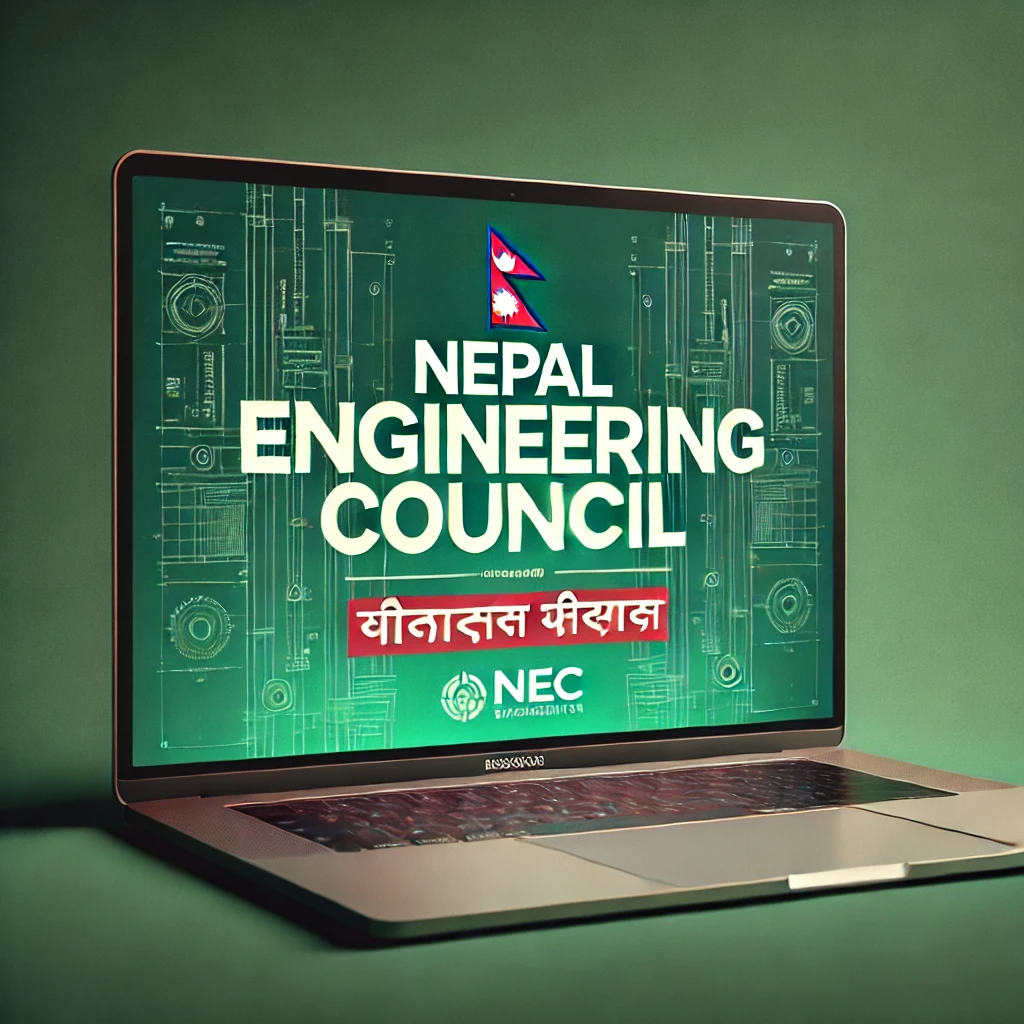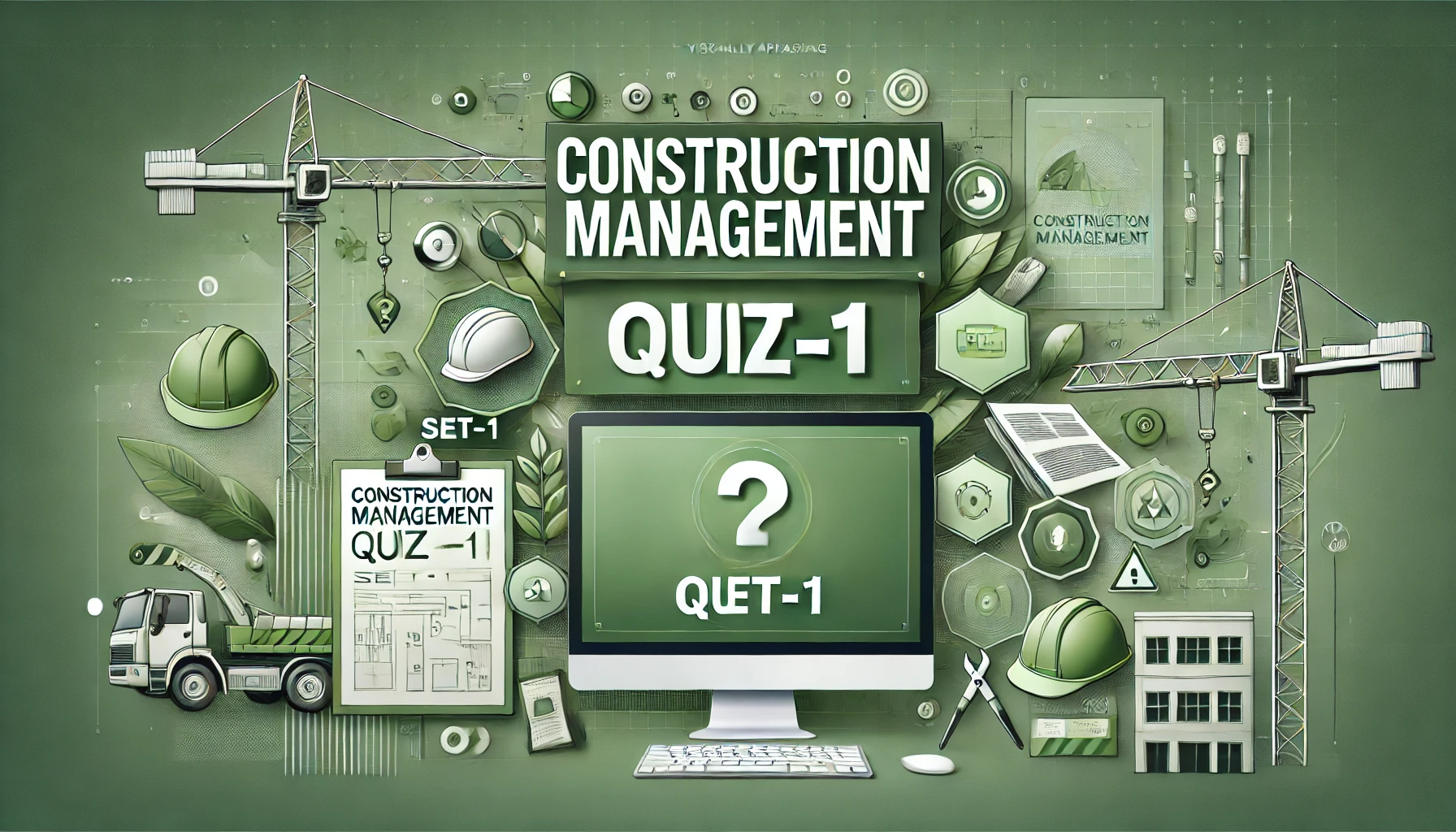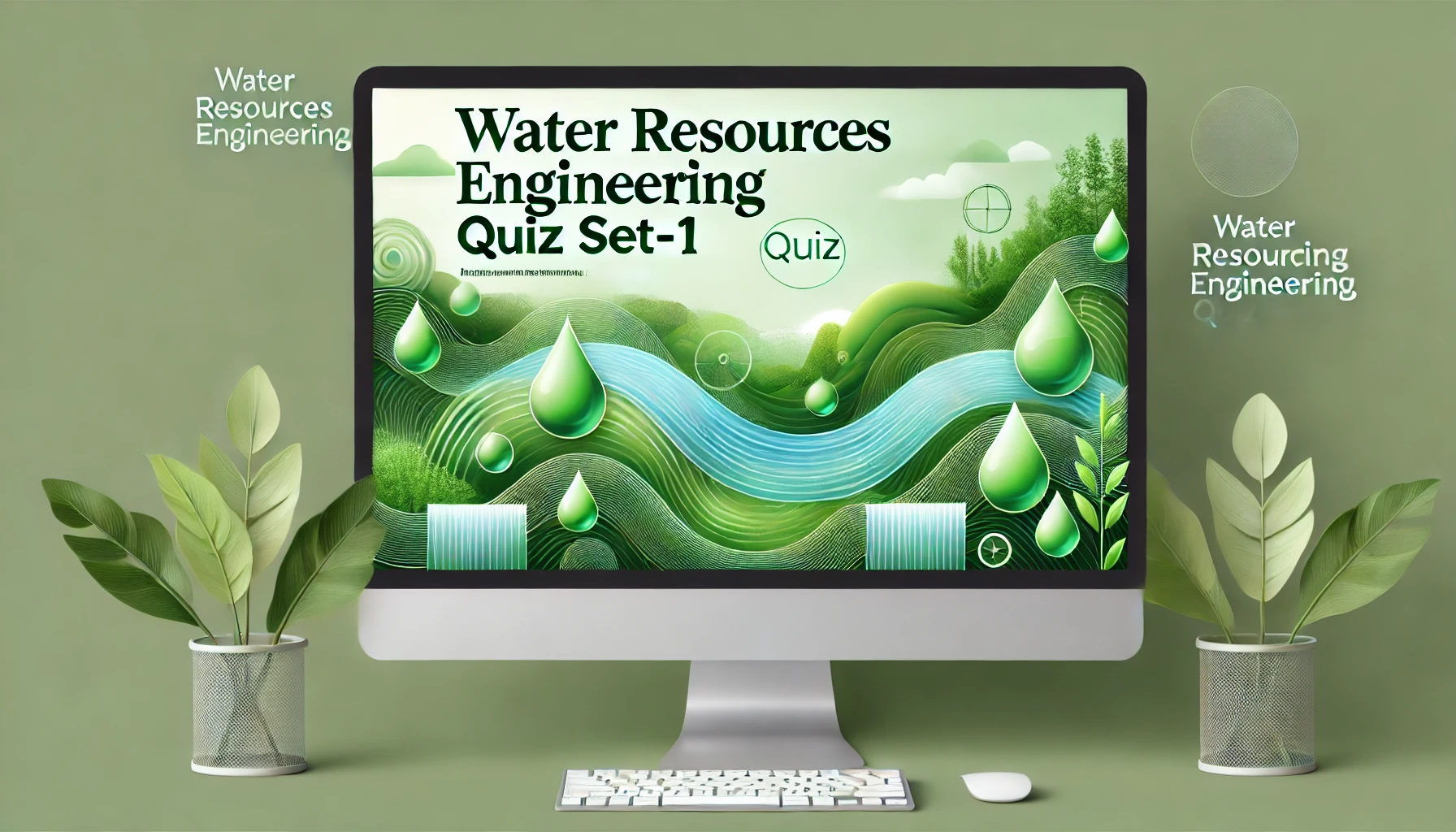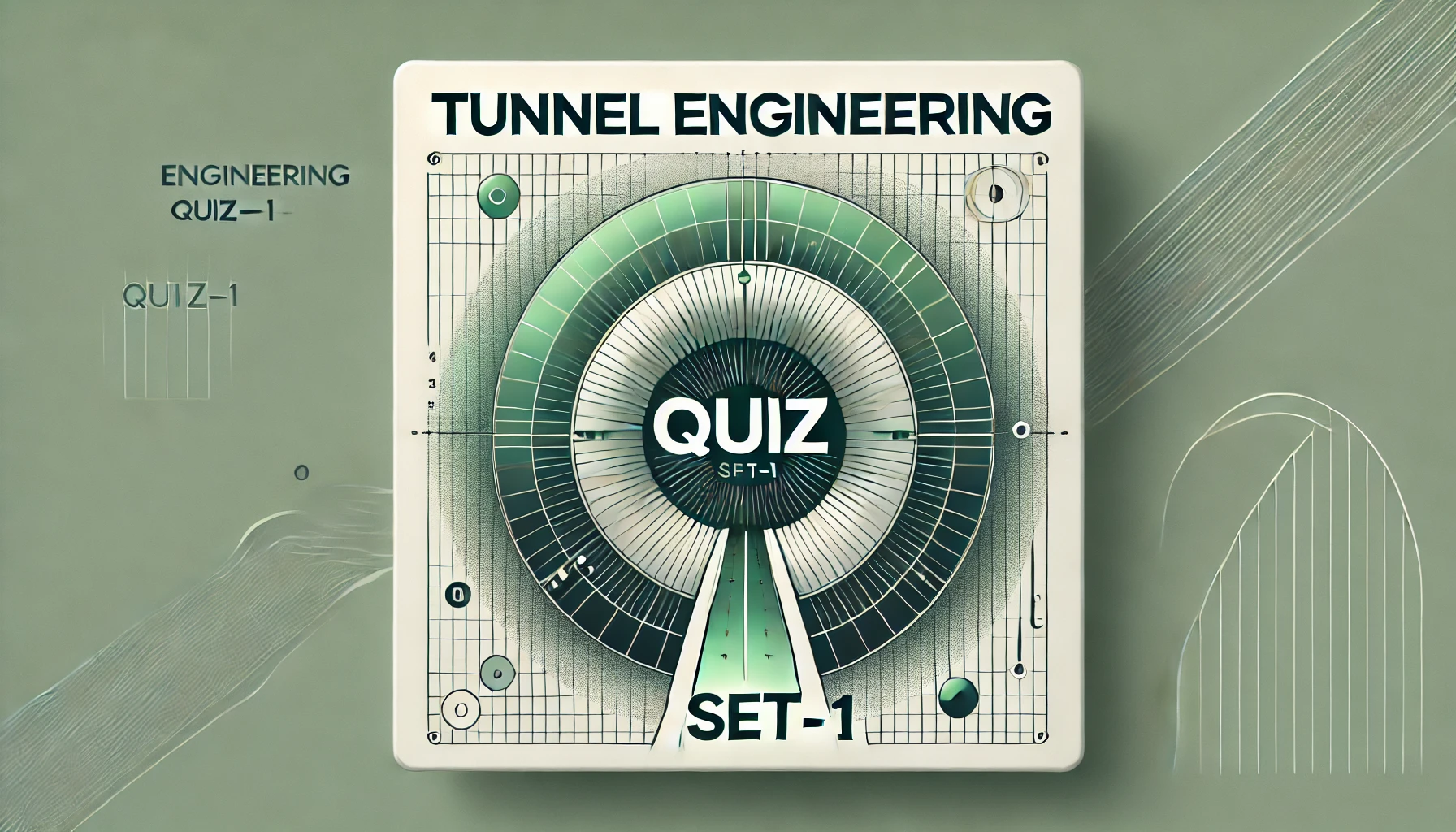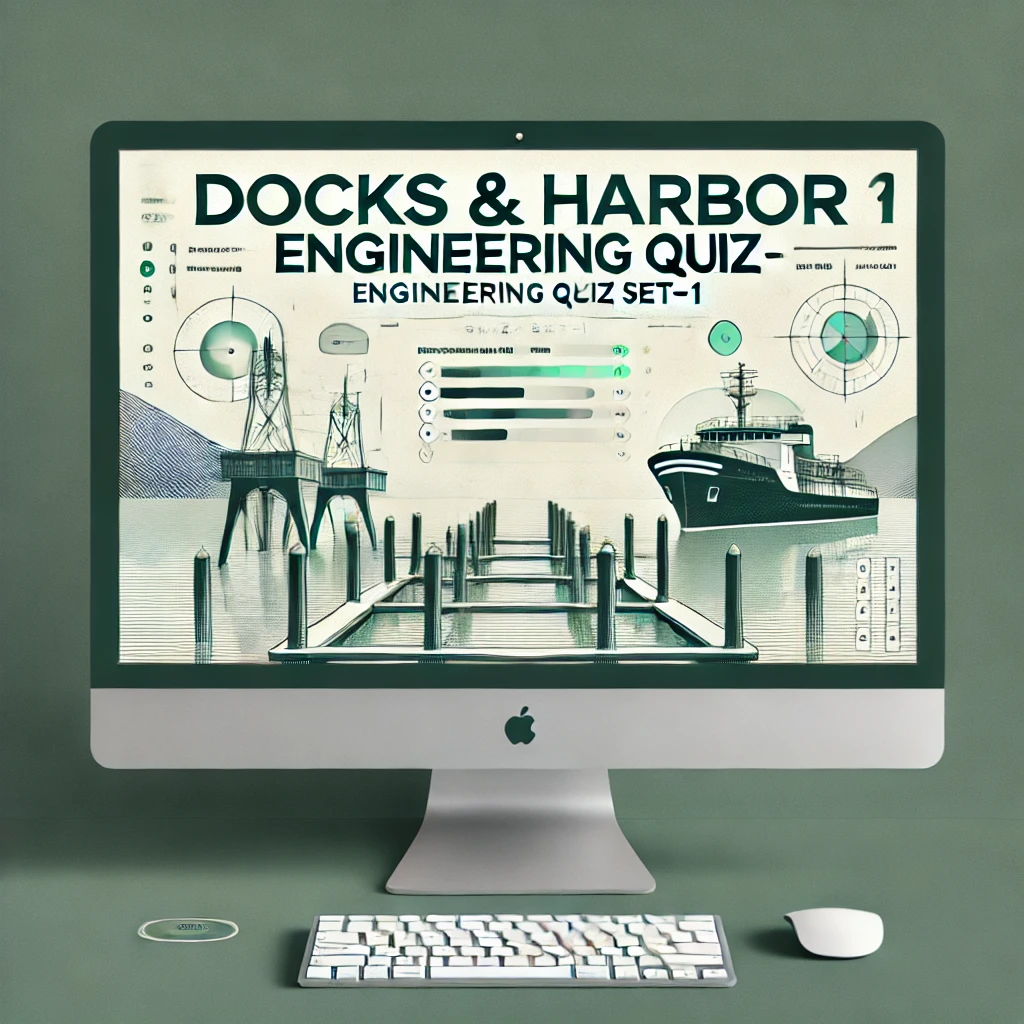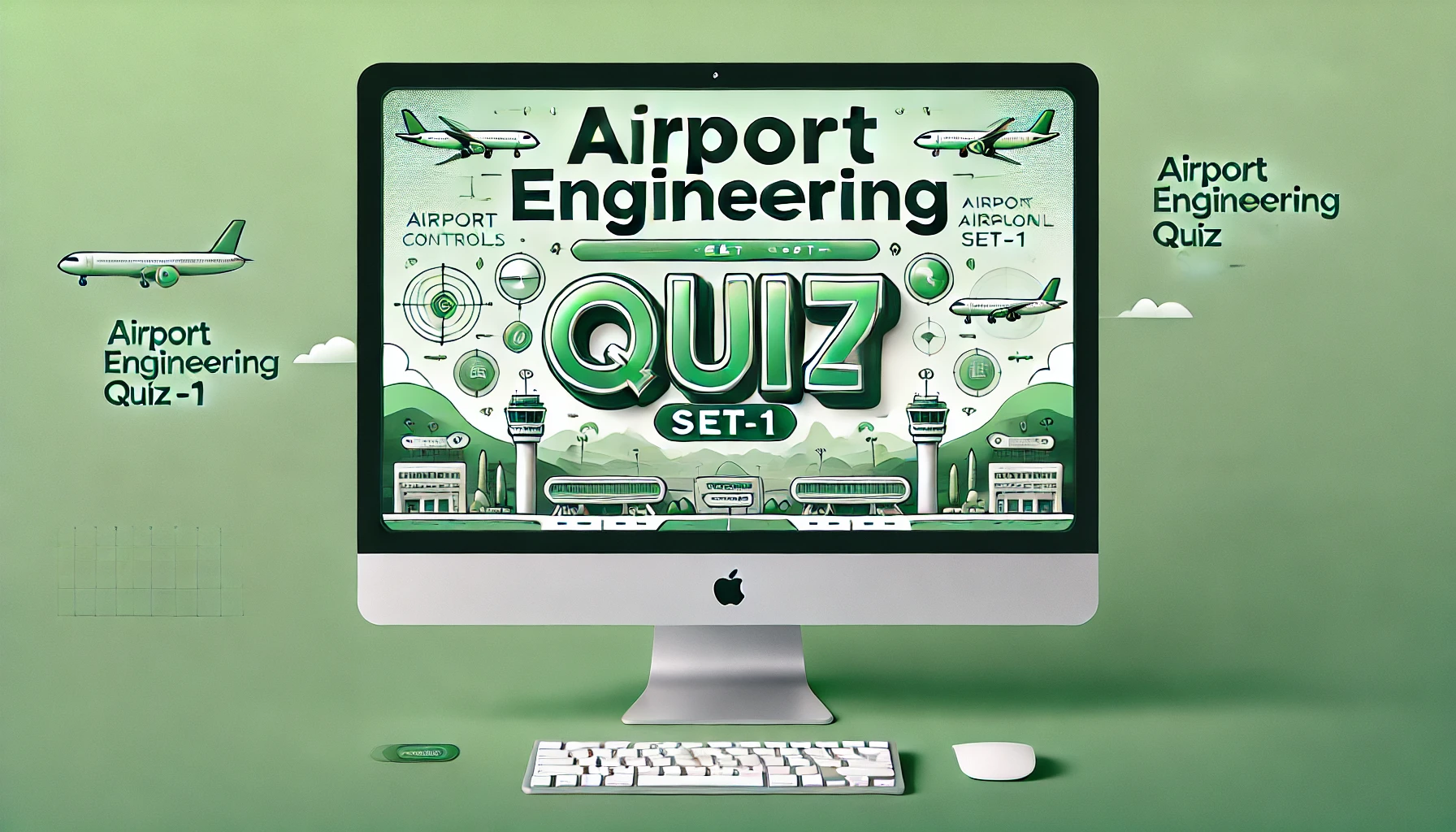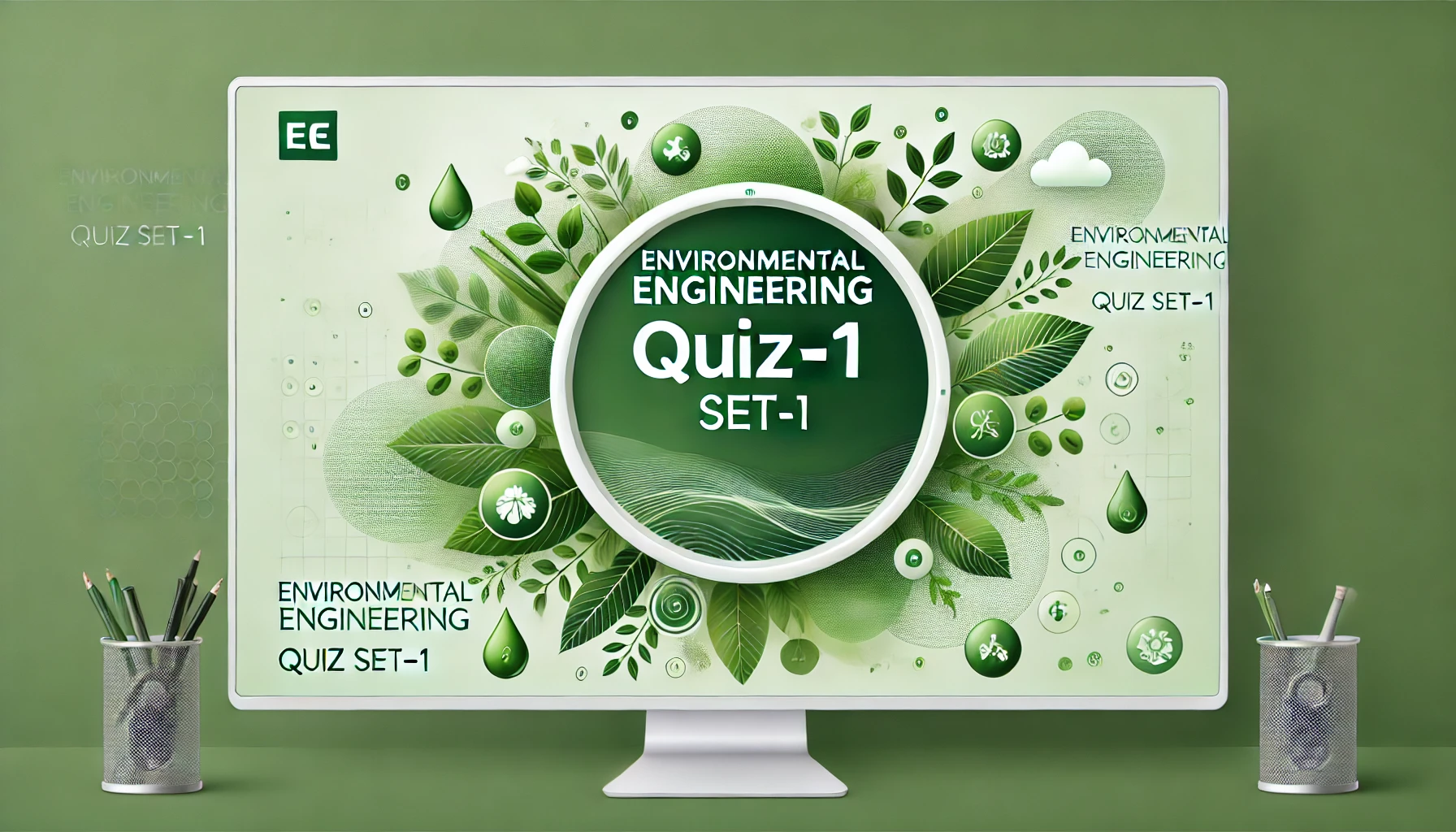GIS MCQ
1. Which of the following is NOT a core component of GIS? A. Hardware B. Software C. Data D. Internet Answer D. InternetExplanation: The five core components of GIS are Hardware, Software, Data, People, and Methods. Internet is not a core component of GIS. 2. Who is credited with developing the first operational GIS ( CGIS) in 1963? A. Roger Tomlinson B. Michael Goodchild C. Howard fisher D. Jack Dangermond Answer A. Roger Tomlinson Explanation: Roger Tomlinson created the Canada Geographic Information System (CGIS), the first computerized GIS. 3. Which data format is a vector-based GIS file type? A) GeoTIFFB) JPEG2000C) ShapefileD) NetCDF Answer C. Shapefile Explanation: A Shapefile is a vector-based format used in GIS to store geometric data (points, lines, polygons) along with attribute information. The other options are not vector-based: GeoTIFF (A) and JPEG2000 (B) are raster formats for grid or image data. NetCDF (D) is used for multidimensional scientific datasets (e.g., climate models) and is not a vector format. 4. What is the primary purpose of georeferencing? A) To compress raster dataB) To align spatial data to real-world coordinatesC) To improve data visualizationD) To create 3D models Answer C. Shapefile Explanation: A Shapefile is a vector-based format used in GIS to store geometric data (points, lines, polygons) along with attribute information. The other options are not vector-based: GeoTIFF (A) and JPEG2000 (B) are raster formats for grid or image data. NetCDF (D) is used for multidimensional scientific datasets (e.g., climate models) and is not a vector format. 5. Which topology rule ensures adjacent polygons share exact boundaries? A) Must Not OverlapB) Must Not Have GapsC) Must Be Covered ByD) Boundary Must Be Covered By Answer B) Must Not Have Gaps Explanation: (B) “Must Not Have Gaps” Forces polygons to form a continuous surface with no empty spaces between them Adjacent polygons must share their boundaries completely (no gaps = boundaries coincide exactly) Primary rule for parcel datasets, land cover maps, etc. where seamless coverage is required 6. Which component of GIS includes GPS units and scanners? A) SoftwareB) DataC) HardwareD) Methods Answer C) Hardware Explanation: The correct answer is C) Hardware because GPS units and scanners are physical devices used to collect and input spatial data into a GIS. Here’s a breakdown of each option: A) Software refers to programs like ArcGIS or QGIS used to process and analyze data, not physical devices. B) Data represents the spatial and attribute information stored in a GIS, not the tools used to collect it. C) Hardware (Correct) includes physical equipment like GPS units, scanners, drones, and computers that capture, store, or display geospatial data. D) Methods are the techniques and workflows used in GIS analysis, not the physical tools. 7. The quantitative revolution in geography during the 1960s led to the development of: A) Topological databasesB) Web GISC) Automated map analysis toolsD) Cloud storage Answer C) Automated map analysis tools Explanation: The quantitative revolution (1950s-1960s) marked geography’s shift toward statistical methods, spatial modeling, and computer-assisted analysis. This era directly fostered: C) Automated map analysis tools (Correct): Early GIS precursors like SYMAP (1964) emerged, enabling quantitative spatial analysis. Why not the others? A) Topological databases: Developed later as GIS matured (1970s-1980s). B) Web GIS: Emerged with internet technology (1990s-2000s). D) Cloud storage: Became viable in the 21st century. 8. Which data quality element refers to missing features in a dataset? A) Logical consistencyB) CompletenessC) Temporal accuracyD) Thematic accuracy Answer B) Completeness Explanation: The correct answer is B) Completeness, as this quality element explicitly measures whether a dataset contains all the features, records, or attributes it should, without omissions. 9. Which spatial relationship describes a road passing through a park? A) AdjacencyB) ContainmentC) IntersectionD) Proximity Answer C) Intersection Explanation: The correct answer is B) Completeness, as this quality element explicitly measures whether a dataset contains all the features, records, or attributes it should, without omissions. 9. Which spatial relationship describes a road passing through a park? A) AdjacencyB) ContainmentC) IntersectionD) Proximity Answer C) Intersection Explanation: The correct answer is C) Intersection, as this relationship describes one feature (the road) physically crossing or overlapping another (the park).
